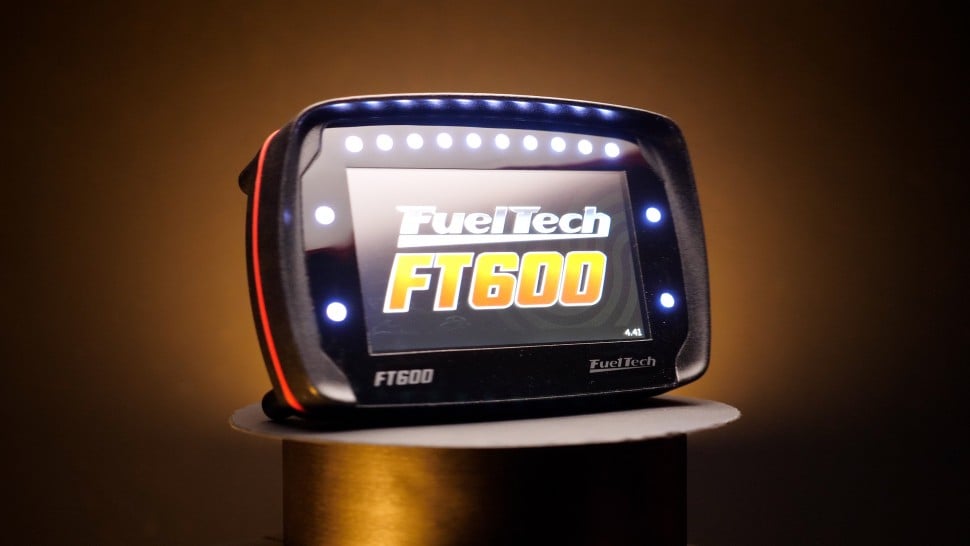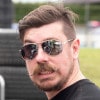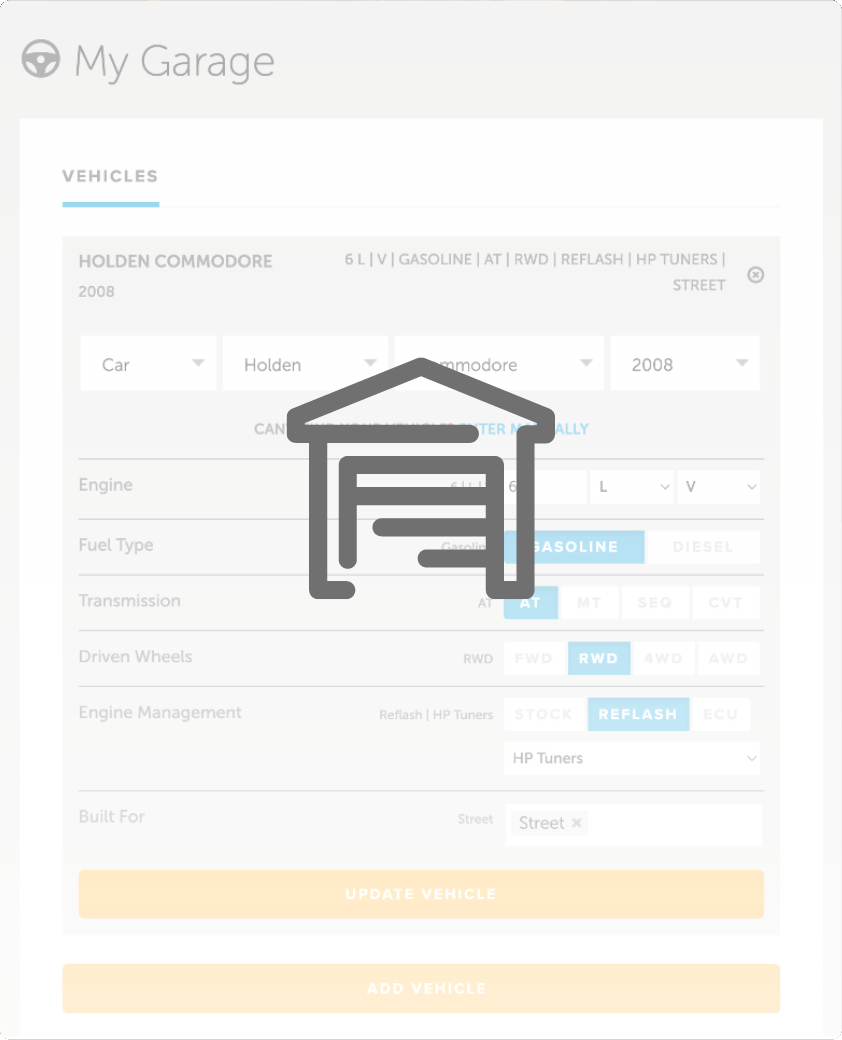| 00:00 |
Like every part of this process, the specific details of our final step are going to depend largely on the object we've scanned and what we intend to use that scan for, be it reverse engineering, scan based design or for some other application.
|
| 00:15 |
For motorsport design applications though, in most cases we're going to be transferring what we've done to our dedicated CAD software and setting up our workspace for our future workflow.
|
| 00:26 |
Although this is the fourth and final step in this process, it most likely won't be the last of the project.
|
| 00:32 |
Extra steps past this point could involve various 3D modelling techniques, followed by technical drawings or computer aided manufacturing, but these aren't the focus of this course so we won't be focusing on anything else past finishing the initial scan.
|
| 00:47 |
Remember, you can always check out our 3D modelling and CAD for Motorsport course if you'd like to learn how to perform any of these processes.
|
| 00:55 |
Since we've used Fusion CAD software in all our examples, we'll stick with it as we move throughout the final step of the process.
|
| 01:03 |
Just keep in mind that despite some small differences, the same ideas are still relevant across most other CAD programs.
|
| 01:11 |
Towards the end of the last step we aligned the mesh model with the workplace coordinate system and exported the necessary files.
|
| 01:18 |
These files should now be saved on our computer in a suitable location.
|
| 01:22 |
If we're only planning on using a single scan in the case of reverse engineering or scan based design, then we can work in a single design file.
|
| 01:31 |
If we have entities saved as a step file, we'll first open that file and then we can insert our mesh.
|
| 01:38 |
Because of our previous work aligning the mesh, everything should be in alignment already.
|
| 01:43 |
We can also insert DXF files if we have any curves that we wish to bring into our setup.
|
| 01:49 |
The only trick here is choosing the correct plane, but it'll be clear if we've got it right and our curves will be aligned with the rest of our model.
|
| 01:57 |
From here we're ready to start modelling to either reverse engineer the part or design something new using it as a reference.
|
| 02:04 |
Depending on what scanning, reverse engineering and CAD software we have access to, the process of extracting entities might actually be done after we have the mesh file in our dedicated CAD software.
|
| 02:16 |
For example, in Fusion we can create mesh section sketches and also fit curves to these.
|
| 02:22 |
Which offers some extra functionality and the ability to control the profile we create.
|
| 02:27 |
The downside is we can only create one at a time, whereas in other software like Peel.CAD we can create multiple cross section profiles at once.
|
| 02:36 |
When working with multiple scans it's generally better to set these up as individual components.
|
| 02:42 |
That way we can control how they fit and function together with our CAD alignments and joints.
|
| 02:48 |
So, we set each individual scan up in its own design file, save this and then insert this into the master design file.
|
| 02:56 |
The first component should be grounded to avoid unwanted movement.
|
| 03:00 |
Then as we bring in successive components, we can ground them as well or create a rigid group if we don't want any relative movement.
|
| 03:08 |
Alternatively, we can use joints between components to allow for relative movement or to create a more accurate relationship of how the real parts will fit together.
|
| 03:19 |
Using entities like datums, planes, axes, points or 3D features can help with relationships and positioning components.
|
| 03:28 |
When everything is in the right location and can't be moved by accident, we can start designing our new parts, possibly using features like mesh section sketches or other entities extracted from the scans as reference for our new models.
|
| 03:42 |
From this point forward we're moving firmly into the 3D modelling territory.
|
| 03:47 |
So, make sure you check out our 3D modelling and CAD for Motorsport course if you want to learn more.
|
| 03:52 |
To wrap up the process, let's summarise the main points from our final step.
|
| 03:57 |
With our files on our computer, we're ready to get set up in CAD.
|
| 04:01 |
If we're working off a single scan, we should first open the step file if we have any entities we want to use, and then insert the mesh.
|
| 04:09 |
These should already be in alignment due to our previous work.
|
| 04:13 |
We can also insert any curves we've extracted from our scan previously as DXFs.
|
| 04:19 |
When working with multiple scans or parts, it helps to set these up as individual components so we have more control over their alignment, positioning and movement relationships with each other.
|
| 04:30 |
Entities from scans are a great base for these relationships, we just need to be sure everything is defined, so we don't end up with components moving by mistake.
|
| 04:40 |
With that we're all set up to start reverse engineering the object or designing something new.
|





